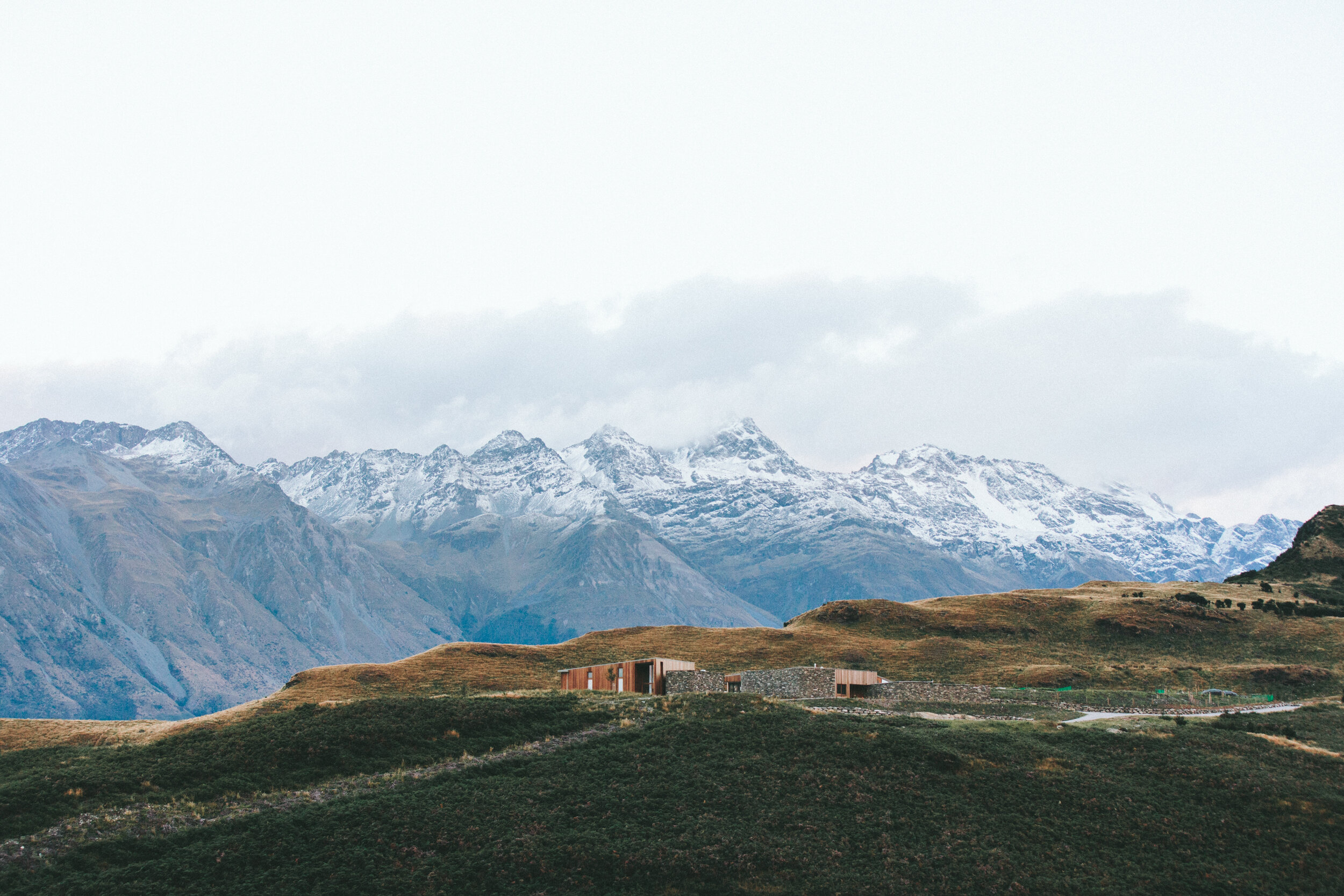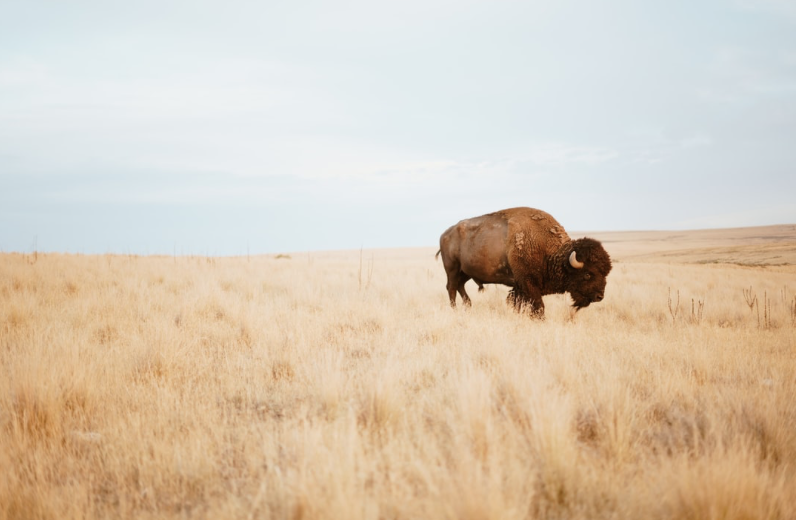
The rest of the story
The North American model of WILDLIFE conservation
The North American Model of Wildlife Conservation is the cornerstone of modern wildlife conservation across the U.S. This revolutionary model was formed around the turn of the 1900's when sportspeople realized that market hunting was taking an undeniable and potentially irreversible effect of North America's wildlife.
-

Public Trust Doctrine
“By the law of nature these things are common to all mankind — the air, running water, the sea, and consequently the shore of the sea. No one, therefore, is forbidden to approach the seashore, provided that he respects habitations, monuments, and the buildings, which are not, like the sea, subject only to the law of nations.”
-

The Impact of Fishing, Hunting and Target Shooting in America
Data on hunter, angler, and target shooter participation and expenditures and well as information on the American System of Conservation Funding.
-

The Role of Hunting in Wildlife Conservation, Explained
“Hunters do more to help wildlife than any other group in America. They not only provide financial support for state wildlife agencies, but they also play an important role in wildlife management activities.” ~ Chris DePerno, Professor of fisheries, wildlife and conservation biology at the College of Natural Resources.
-

7 Reasons Hunting Benefits Colorado
For centuries, hunting has been an integral part of Colorado’s outdoor heritage. However, despite its rich and long-standing tradition, hunting remains a polarizing topic in today’s ever-changing social and political climates.
-
CPW FAQ on Management of Bobcats, Mountain Lions, and Lynx
Colorado Parks and Wildlife published data and answers to frequently asked questions on the management of Colorado’s wild feline populations, providing extremely useful information on Colorado’s bobcats, mountain lions, and lynx for the general public to access. Click here: CPW Bobcats, Mountain Lions and Lynx FAQ - Winter 2024
The Winter 2024 FAQ answers questions including but not limited to… How much do we know about lion and bobcat populations in Colorado? Why do we manage wildlife populations like lions and bobcats? How many mountain lions and bobcats are harvested each year? What scientific research and data has CPW collected on the current status of mountain lion and bobcat populations in the state? And more!
-

Governor proclamation declaring hunting & fishing day in colorado
“ WHEREAS, hunting and angling continue to be an integral component of the cultural fabric of communities throughout the state, and over the past year have offered a growing number of participants and opportunity to connect with nature on a personal level while simultaneously providing food security, a sense of self-sufficiency, and both mental and physical health benefits”
-

A Wildlife Society film that explores how overpopulated wild horses effect native wildlife
Free-roaming horses and burros are nonnative, feral livestock that significantly impact rangeland health, affecting native ecosystems and wildlife habitat. With wildlife habitat quality in decline across many areas in the West, due to a variety of factors, iconic, Western wildlife species, such as bighorn sheep, mule deer, pronghorn, greater sage grouse and others are negatively impacted or imperiled. Watch this 16-minute film by Charles Post, Phillip Baribeau, and Ben Masters.
